-

SuanSports National Day Holiday Notice & A Message of Unity Through Sports
-
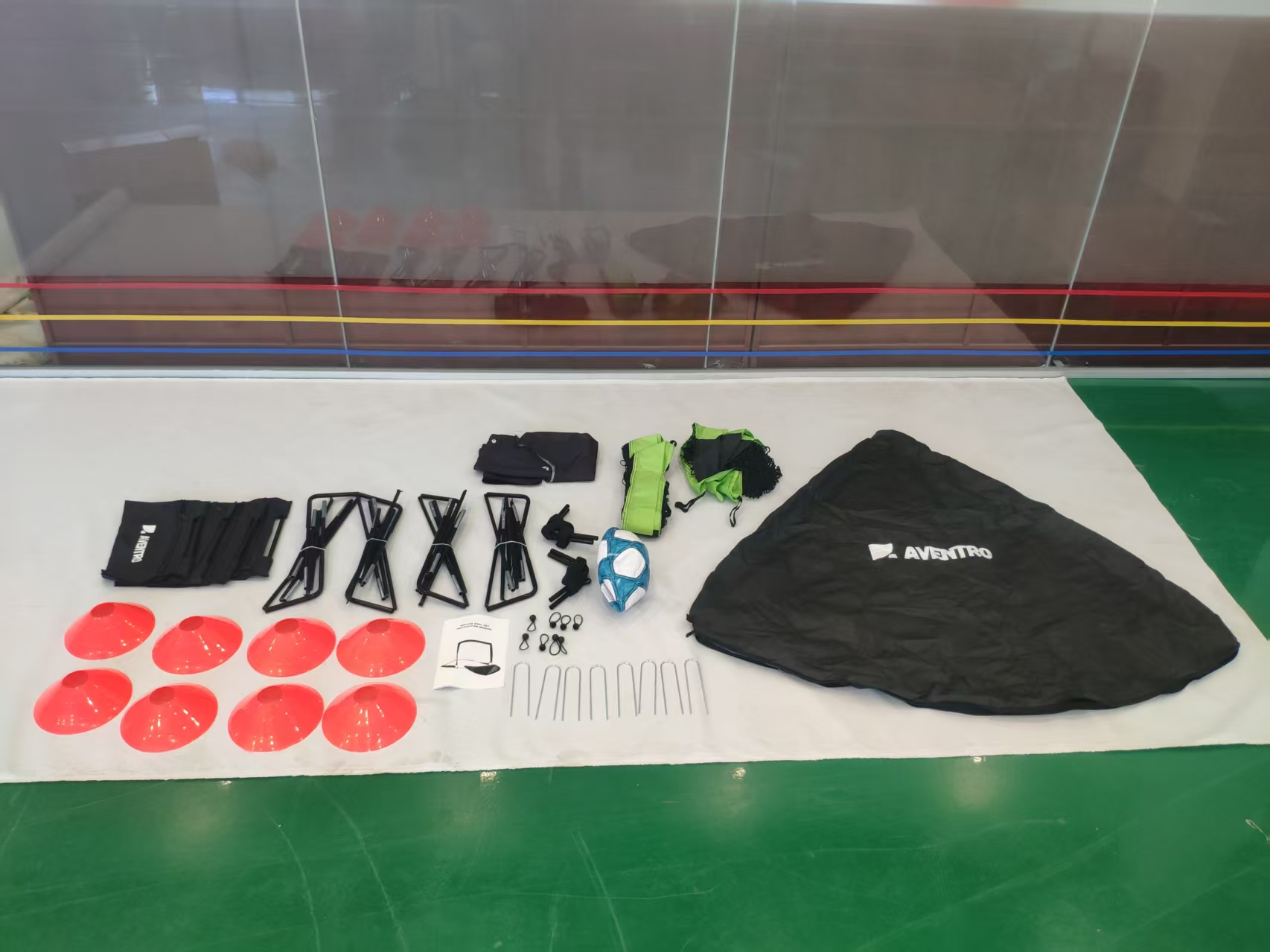
Suan Sports Showcases Customization Excellence with Innovative Foldable Fiberglass Soccer Goal
-
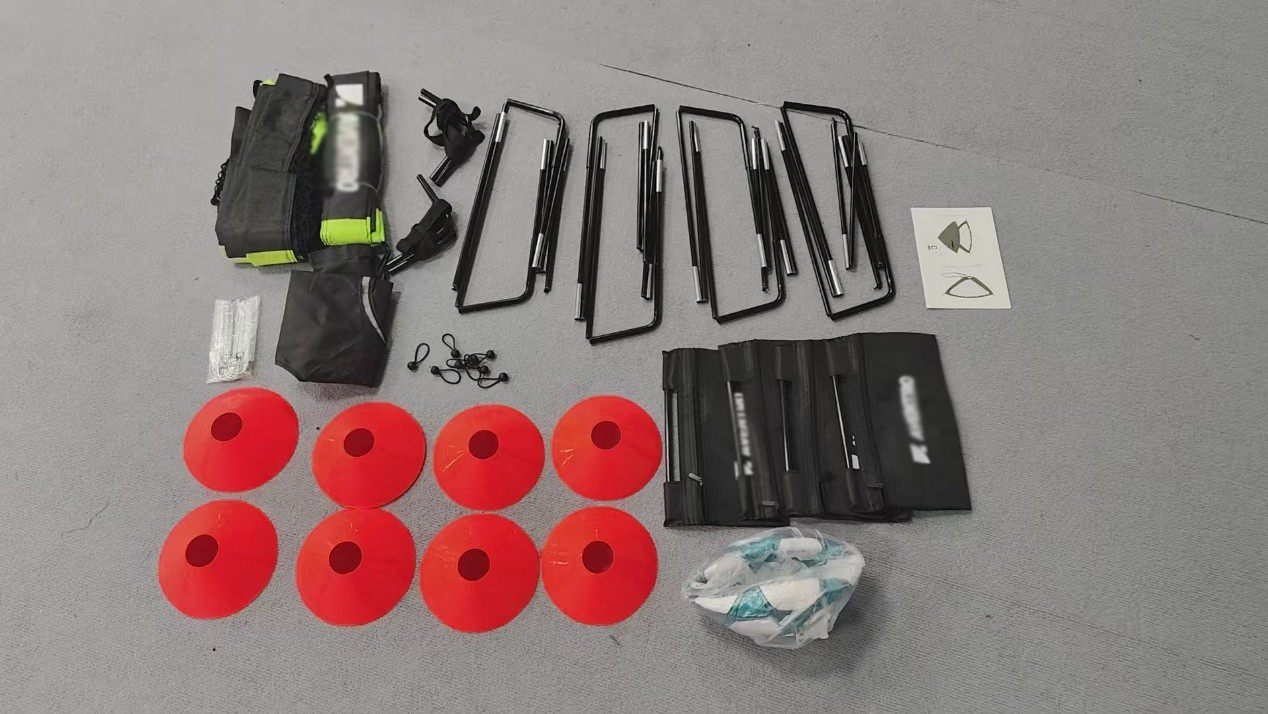
Suan Sports Demonstrates Custom Manufacturing Prowess with Innovative Foldable Soccer Goal
-
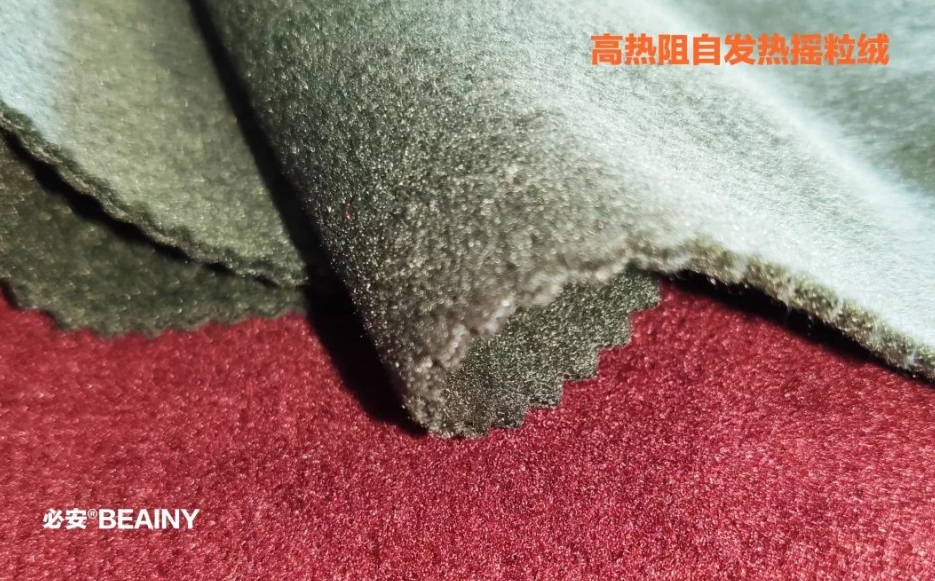
Introduction of polar fleece fabric
-

Horse Fluffer Comb Becomes an Essential Tool in Modern Horse Care
-
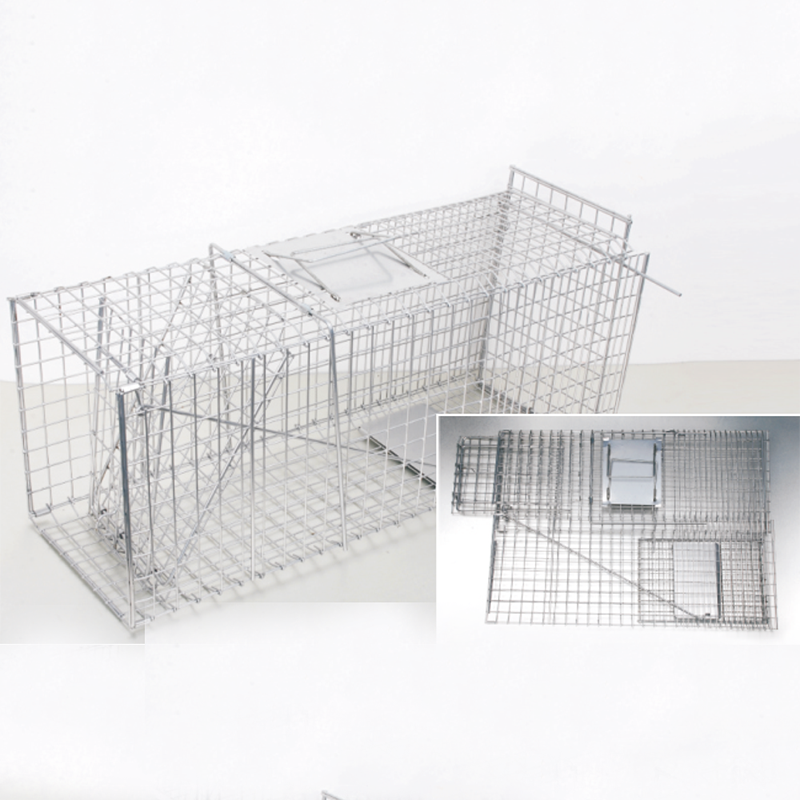
Collapsible Animal Traps Offer Humane and Convenient Wildlife Control
-

Water jet cleaning machine parts: a key component to improve cleaning efficiency
Waterjet cleaning machine is an efficient and environmentally friendly cleaning equipment, which is widely used in various industries. The Water Jet Cleaning Machine Parts play a key role, and their quality and performance directly affect the cleaning effect and the reliability of the equipment.
-
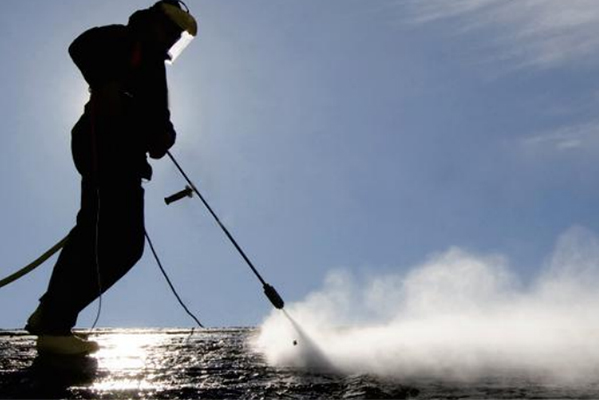
What Is Water Blast Cleaning?
Water blast cleaning, also known as "Hydro blasting", is a chemical-free, environmentally-sound, and workplace-safe cleaning technique.
-

Water Jet Blast Cleaning Benefit
Water jet blast cleaning is widely used in industry cleaning, and water blast cleaning has many advantages compared with the common cleaning methods, and we have mentioned the advantage of water jet cleaning methods ways below.
-

Tank & Vessel Water Jet Blasting Cleaning
The Tanks, Vessels and Tankers are the important containers to carry and deliver the Oil and Petrochemicals etc hazardous and stubborn Substances. However, as time goes by, the fossil fuels and their derivatives, typically petrochemicals in the tanks and vessels, will become dregs.
-
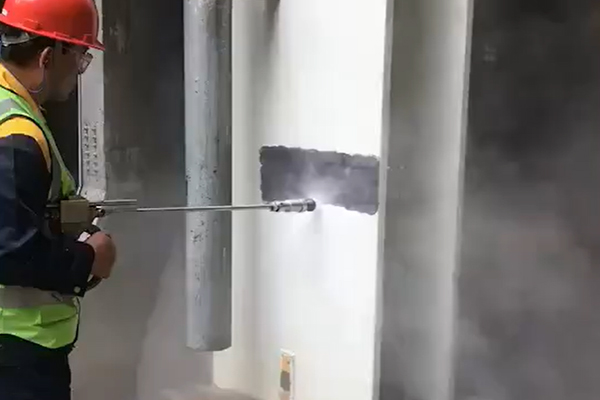
Water Jet Blasting VS Sandblasting Surface Cleaning
In the water blasting industry cleaning application, surface preparation is an important job when you plan to do a painting on the material surface. It has to be handled correctly because it affects the service life, quality, and performance of the paint job.
-
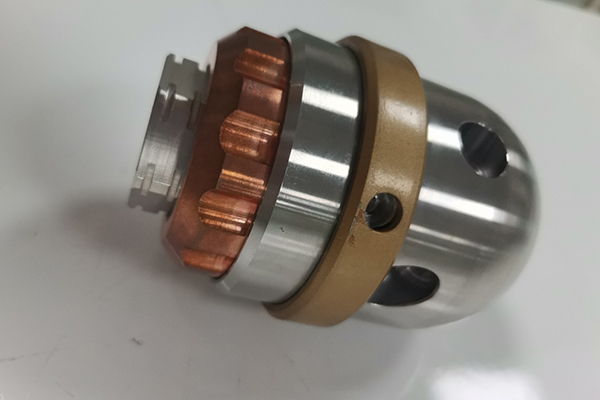
Hydro Jet Blasting Pipeline Cleaning
Water Jet blasting piping cleaning process covers a wide range of industries, including power and petrochemical, marine and offshore, construction and infrastructure, municipality and wastewater, mining industry, and facility management.
-
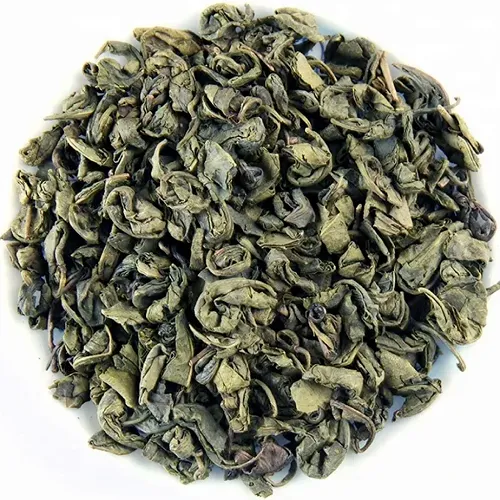
What is the most popular green tea in China?
The most popular green tea in China is undoubtedly Longjing tea, also known as Dragon Well tea. Longjing tea is highly regarded for its exceptional quality, unique flavor, and rich cultural heritage. It is grown in the West Lake region of Hangzhou in Zhejiang province, which is considered the birthplace of Longjing tea.
-
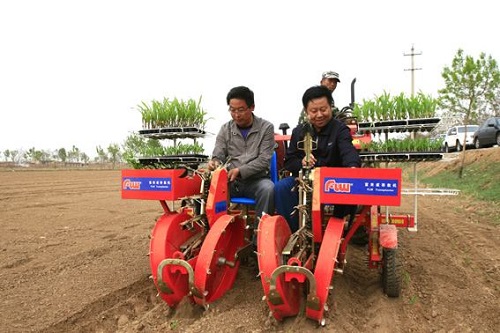
Modernization Of Agricultural Machinery To Promote The Production Of Chinese Goji Berry
The research and development team led by the Goji Engineering and Technology Research Center at the China Ningxia Academy of Agriculture Sciences has successfully developed 10 large-scale, intelligent, and automated Goji planting machines through field experiments and summarization.
-

What is magnesium ingot and what is it used for
Magnesium is a lightweight metallic element that is widely used in industry due to its high strength and corrosion resistance. Magnesium ingot is a bulk metal material with magnesium as the main component, usually with high purity and uniformity. In this article, we explore what we know about magnesium ingots.
-

2022 year-end summary and prospect for the coming year
2022 year-end summary and prospect for the coming year

 English
English Español
Español Português
Português русский
русский français
français 日本語
日本語 Deutsch
Deutsch Tiếng Việt
Tiếng Việt Italiano
Italiano Nederlands
Nederlands ไทย
ไทย Polski
Polski 한국어
한국어 Svenska
Svenska magyar
magyar Malay
Malay বাংলা
বাংলা Dansk
Dansk Suomi
Suomi हिन्दी
हिन्दी Pilipino
Pilipino Türk
Türk Gaeilge
Gaeilge عربى
عربى Indonesia
Indonesia norsk
norsk اردو
اردو čeština
čeština Ελληνικά
Ελληνικά Українська
Українська Javanese
Javanese فارسی
فارسی தமிழ்
தமிழ் తెలుగు
తెలుగు नेपाली
नेपाली Burmese
Burmese български
български ລາວ
ລາວ Latine
Latine Қазақ
Қазақ Euskal
Euskal Azərbaycan
Azərbaycan slovenský
slovenský Македонски
Македонски Lietuvos
Lietuvos Eesti Keel
Eesti Keel Română
Română Slovenski
Slovenski मराठी
मराठी Српски
Српски 简体中文
简体中文 Esperanto
Esperanto Afrikaans
Afrikaans Català
Català עִברִית
עִברִית Cymraeg
Cymraeg Galego
Galego 繁体中文
繁体中文 Latvietis
Latvietis icelandic
icelandic יידיש
יידיש Беларус
Беларус Hrvatski
Hrvatski Kreyòl ayisyen
Kreyòl ayisyen Shqiptar
Shqiptar Malti
Malti lugha ya Kiswahili
lugha ya Kiswahili አማርኛ
አማርኛ Bosanski
Bosanski Frysk
Frysk ជនជាតិខ្មែរ
ជនជាតិខ្មែរ ქართული
ქართული ગુજરાતી
ગુજરાતી Hausa
Hausa Кыргыз тили
Кыргыз тили ಕನ್ನಡ
ಕನ್ನಡ Corsa
Corsa Kurdî
Kurdî മലയാളം
മലയാളം Maori
Maori Монгол хэл
Монгол хэл Hmong
Hmong IsiXhosa
IsiXhosa Zulu
Zulu Punjabi
Punjabi پښتو
پښتو Chichewa
Chichewa Samoa
Samoa Sesotho
Sesotho සිංහල
සිංහල Gàidhlig
Gàidhlig Cebuano
Cebuano Somali
Somali Точик
Точик O'zbek
O'zbek Hawaiian
Hawaiian سنڌي
سنڌي Shinra
Shinra հայերեն
հայերեն Igbo
Igbo Sundanese
Sundanese Lëtzebuergesch
Lëtzebuergesch Malagasy
Malagasy Yoruba
Yoruba



